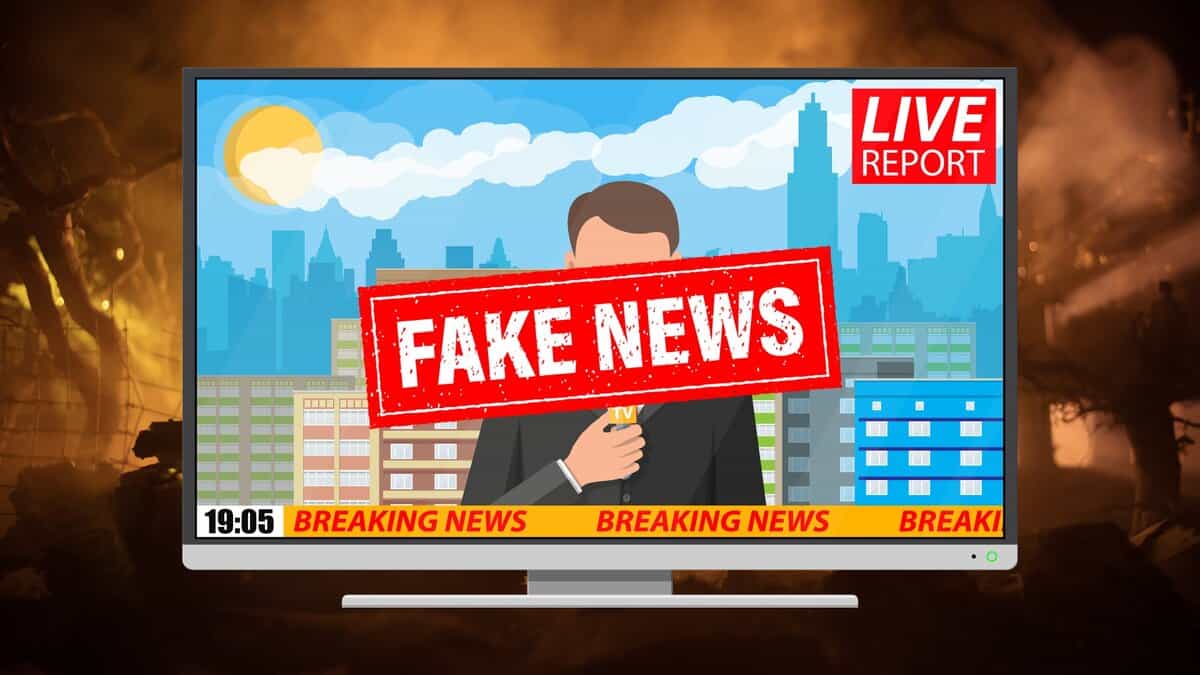
After the conflict between India and Pakistan began, we saw a copious outflow of sensational and inaccurate news on our television channels and social media. Blatant lies were peddled as authentic news and many fell into the trap of believing whatever they saw, heard or read. The reality of modern day news dissemination is that truth and accuracy have taken a back seat thereby making it difficult for us to distinguish what is genuine and what is false.
When established media channels put forth fallacious news items, it is a cause for shame and concern. Both Indian and Pakistani media organisations were guilty of putting out entirely fabricated stories that were aimed at misleading the public.
Among those who blasted the television channels for pushing fake news was actress Sonakshi Sinha. She posted: “Just do your job and report facts as they are. Stop sensationalising war and creating panic.”
In India one news item stated that the Indian navy’s INS Vikrant had attacked and destroyed Karachi port. Other false reports said that Indian troops had captured Islamabad, hit Pakistan Prime Minister Shehbaz Sharif’s residence with drones, and that he had surrendered. Later India’s Ministry of External Affairs (MEA) held a joint briefing with the armed forces but made no mention of a naval attack on Pakistan or drone strikes on the Pakistani prime minister’s residence and takeover.
In Pakistan, a social media post claimed that the Indian military used the Ambala Airbase to attack Amritsar and its own citizens. It was part of a concerted misinformation campaign from across the border. An old image from the Kabul Airport blast in August 2021 was circulated with false claims of multiple explosions at the Jammu Air Force Base in India. However, Pakistan’s Lt. General Ahmed Sharif Chaudhry refused to confirm these rumours.
President Bush was guilty too
It is not only irresponsible media and influencers in India and Pakistan who are guilty of propagating fake information. Who can forget the claim of US President George Bush that Iraq possessed Weapons of Mass Destruction. He used that fake information to justify a war on Iraq in 2003 that took countless lives on both sides. No WMDs were found.
How does fake news by the media during the time of war affect the viewers and damage social relationships? First and foremost it spreads fear among the citizens and impairs their sense of judgement. Exaggerated reports about attacks or threats can heighten fear and anxiety among the public, leading to panic and mass hysteria.
In this case one may recall that back in 1938 filmmaker Orson Welles made a broadcast on the radio about aliens invading the earth. It was meant to be a prank but even law enforcing agencies in the USA were fooled. They arranged mass evacuation of the people, a huge amount of time and money was wasted before the prank was revealed.
Consequences can be disastrous
But in the case of India and Pakistan, the consequences could be disastrous. Communal riots, arson and looting can result if a large number of people believe in the baseless claims that are aimed at increasing TRP of television channels. Fake news often portrays one side as completely evil and the other as purely good. This deepens divisions between groups, especially when people have different political, religious, or ethnic identities. During civil strife, ethnic or minority groups are often targeted.
Moreover, fake news can damage relationships. When people believe conflicting “facts,” it strains conversations and relationships – among friends, families, or communities. At such times emotions run high and reasoning ability takes a back seat.
During World War I, the British media widely circulated stories of German soldiers mutilating Belgian babies and committing horrific acts, many of which were completely false. These stories stirred hatred against Germans, galvanized support for the war, and deepened national divisions. After the war, when many of the claims were debunked, public trust in official news took a hit.
On the other side, during World War II, the Nazi regime controlled the media to spread anti-semitic falsehoods, blaming Jews for Germany’s problems and portraying them as enemies of the State. This laid the psychological groundwork for the Holocaust and divided German society.
Fake news in wartime does more than distort facts. It breaks societies and promotes hatred. As consumers of information, it’s crucial for all of us to verify news sources and think critically, especially during a conflict.
How to identify fake news
How can fake news be identified? Firstly the viewer or reader must check the source of the news. If it is true then several reputed media organisations will report it. If only one channel or newspaper is putting out the report and nobody else has reported it, then it is likely to be fake.
Also, we must look for supporting sources. Reliable news stories cite reputable sources and all information is attributed to an official source unless it is an eye-witness account. As responsible citizens of India, it is our duty to verify all facts before believing any news item and passing it on to others in our circle of friends and family members.



